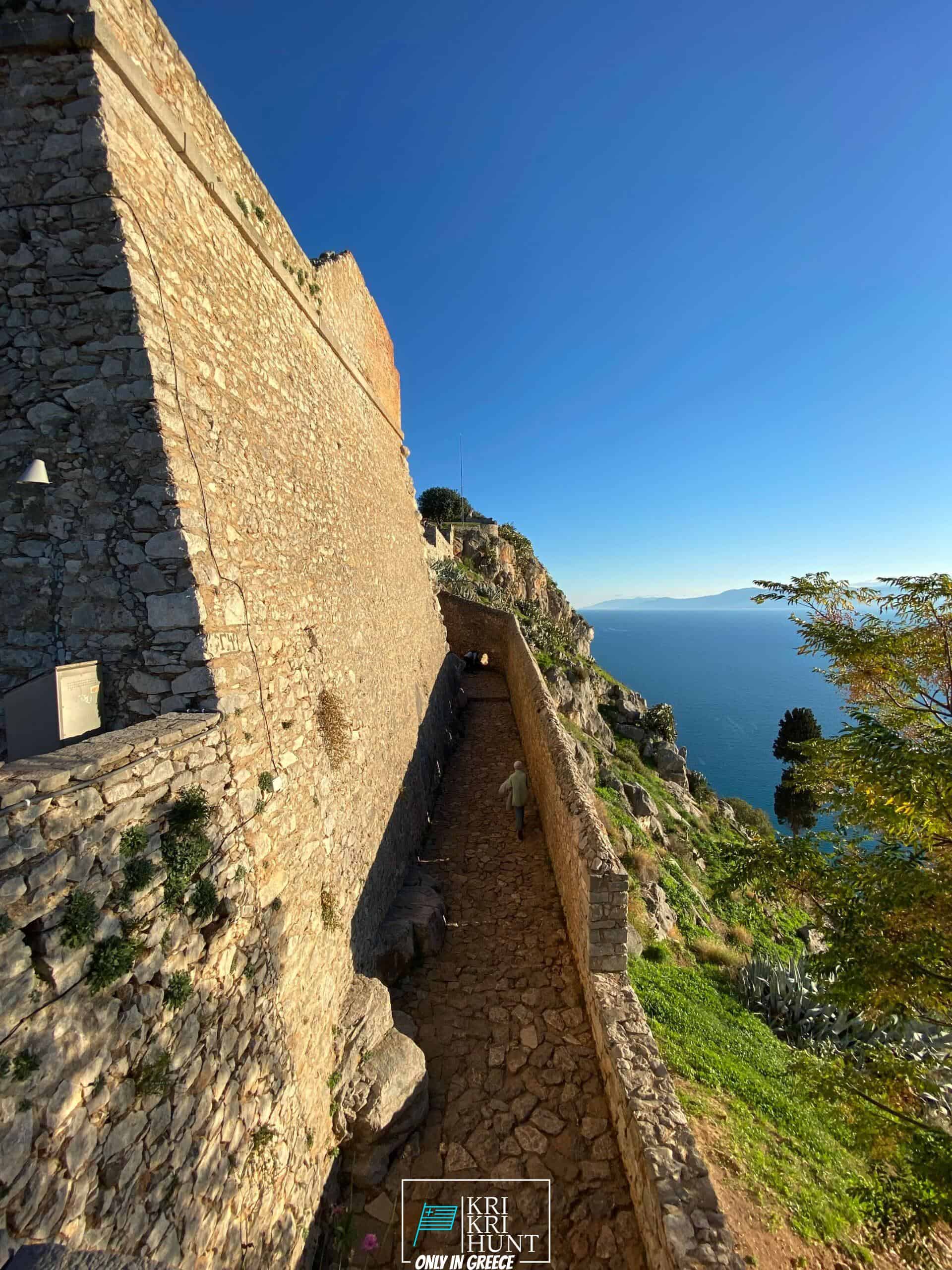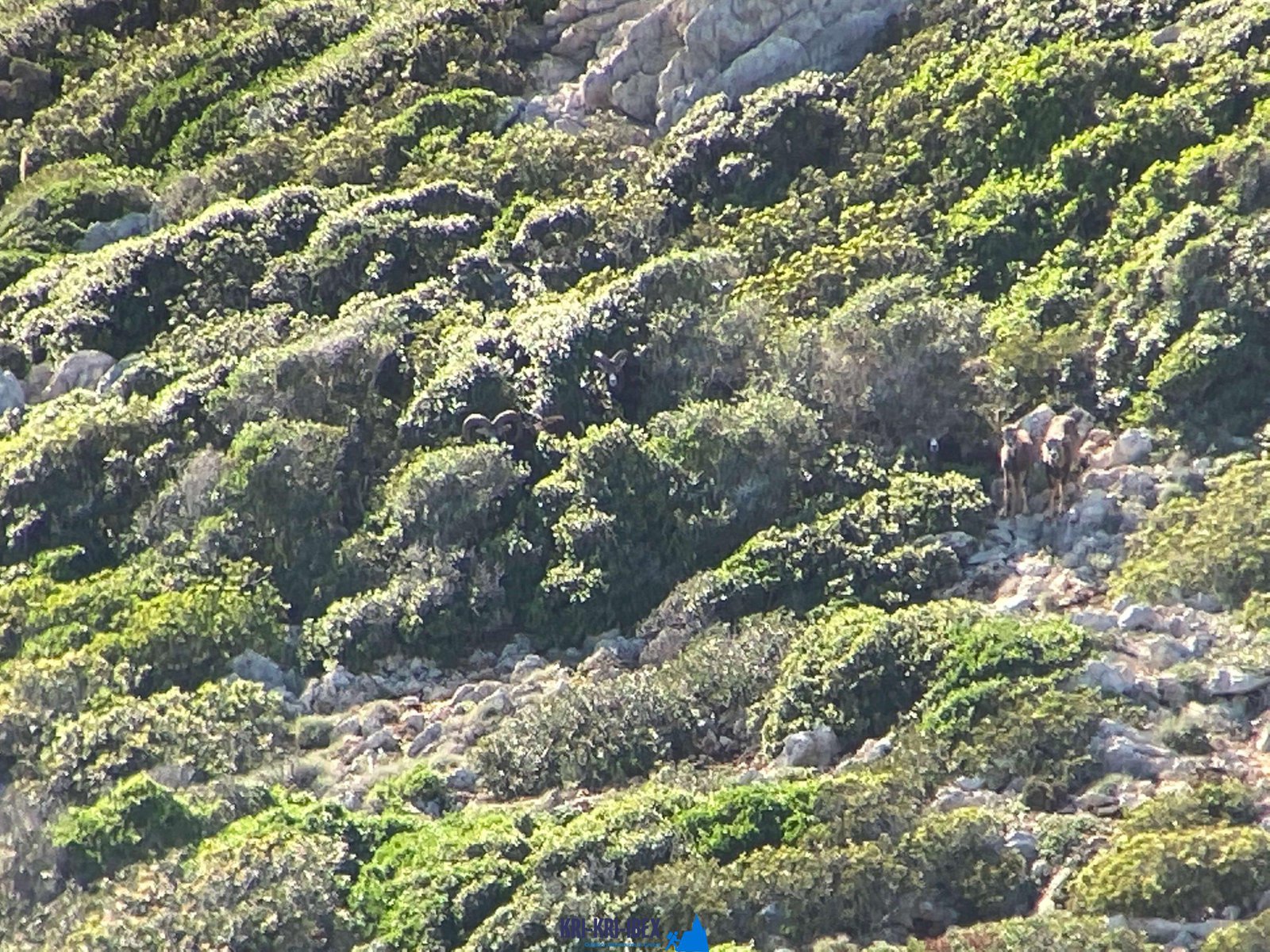Discover the very best area for hunting Kri Kri ibex in Greece
Wiki Article

Searching for Kri Kri ibex in Greece is an outstanding hunting expedition as well as fantastic trip done in one. Ibex hunting is typically a severe experience, but not in this instance! Dive to shipwrecks and spearfishing in old Greece, or take pleasure in ibex searching in an exotic area are simply a few of the important things you could do during a week long ibex hunting expedition in Greece. Can you think about anything else?

Hunting the kri kri ibex in Greece is a difficult task, specifically if you're a global hunter. You need to be a local hunter in order to search kri kri ibex, which can just be fired in certain carefully safeguarded hunting areas like particular islands. On 2 islands, 150 kilometers/ Atalanty/ as well as 300 kilometers/ Sapientza/ from Athens, we offer the possibility to hunt this great animal. It is only shot in special hunting locations from early morning till twelve noon, in accordance with Greek law. Just shotguns may be made use of, and just slugs may be used. Slugs are the only ammunition allowed. To guarantee that just major hunters are permitted on these explorations, you must schedule a year beforehand for your license. The licenses are issued by the Greek Ministry of Nature and also Agriculture and the federal government issues a certain number annually.
What to Expect on a Peloponnese Tour? You can anticipate to be blown away by the all-natural appeal of the location when you schedule one of our searching as well as touring Peloponnese Tours from Methoni. From the pristine coastlines to the mountains and also forests, there is something for everyone to appreciate in the Peloponnese. In addition, you will have the possibility to taste a few of the best food that Greece needs to offer. Greek cuisine is renowned for being fresh and also delicious, and you will definitely not be dissatisfied. One of the most effective parts regarding our tours is that they are made to be both fun as well as instructional. You will learn about Greek history as well as culture while additionally getting to experience it firsthand. This is an impressive opportunity to immerse on your own in everything that Greece has to provide.
browse this site
see it here
If you're seeking an authentic Greek experience, then look no further than our outdoor searching in Greece with angling, as well as totally free diving tours of Peloponnese. This is an unforgettable means to see everything that this fantastic area has to supply. Reserve your tour today!
What is the diference between Kri Kri ibex, Bezoar ibex and hybrid ibex
The kri-kri is not thought to be indigenous to Crete, most likely having been imported to the island during the time of the Minoan civilization. Nevertheless, it is found nowhere else and is therefore endemic to Crete. It was common throughout the Aegean but the peaks of the 8,000 ft (2,400 m) White Mountains of Western Crete are their last strongholds–particularly a series of almost vertical 3,000 ft (900 m) cliffs called ‘the Untrodden’—at the head of the Samaria Gorge. This mountain range, which hosts another 14 endemic animal species, is protected as a UNESCO Biosphere Reserve. In total, their range extends to the White Mountains, the Samaria National Forest and the islets of Dia, Thodorou, and Agii Pandes.
This Ibex is NOT a diminutive form of the Bezoar Ibex, which has migrated into the western-most reach of the range of this species. The kri – kri (Capra aegagrus cretica), sometimes called the Cretan goat, Agrimi, or Cretan Ibex, is a feral goat inhabiting the Eastern Mediterranean, previously considered a subspecies of wild goat. The kri-kri has a light brownish coat with a darker band around its neck. It has two horns that sweep back from the head. In the wild they are shy and avoid tourists, resting during the day. The animal can leap some distance or climb seemingly sheer cliffs.
“The agrimi goat Capra aegagrus cretica is unique to Crete and its offshore islands. It has been identi®ed as a sub-species of the wild bezoar goat Capra aegagrus aegagrus Erxleben, 1777, which it closely resembles in horn shape, body form and coloration. This classi®cation has been disputed by some researchers who claim that the agrimi are feral goats, derived from early domestic stock brought to the island by the ®rst Neolithic settlers. In order to clarify this issue, DNA analyses (cytochrome b and D loop sequences) were carried out on tissue of live and skeletonized agrimi and compared to sequences of wild and domestic caprines. Results conclusively show the agrimi to be a feral animal, that clades with domestic goats (Capra hircus) rather than with wild Asiatic bezoar. This study demonstrates that morphometric criteria do not necessarily re¯ect genetic af®nities, and that the taxonomic classi®cation of agrimi should be revised.”
Report this wiki page